So You Want Orange Hair? An Expert’s Brutally Honest Guide
Alright, let’s talk. You’re thinking about going orange. I get it. For over two decades in the salon, I’ve seen countless hair trends come and go, but vibrant, stunning orange has a staying power like nothing else. It’s a color that screams confidence. But it’s also one of the trickiest to get right and, honestly, one of the most demanding to maintain. It’s not for the faint of heart.
In this article
- First, Let’s Talk About Your Hair’s Secret Base Color
- The Hidden Factor: Hair Porosity
- The Consultation: Where Your Dream Hair Begins
- The Salon Process: More Art Than Science
- Wait, Where You Live Matters?
- Keeping Your Orange Bright: The At-Home Care Plan
- Troubleshooting Common Orange Hair Problems
- The Reality Check: Cost, Safety, and Commitment
- Galerie d’inspiration
So when someone sits in my chair dreaming of copper, my first move isn’t reaching for the bleach. It’s to have a very real conversation about their hair’s past, their budget, and how much work they’re truly ready to put in. This guide is that conversation. Let’s walk through what it really takes to get—and keep—the perfect orange hair.
First, Let’s Talk About Your Hair’s Secret Base Color
Before we can even think about adding orange, we have to know what we’re working with. Every single hair color, from the deepest black to the palest blonde, has a natural underlying pigment. When we lighten hair, we’re not just making it “blonder”; we’re revealing these tones in a predictable sequence. This is day-one stuff for any new stylist.
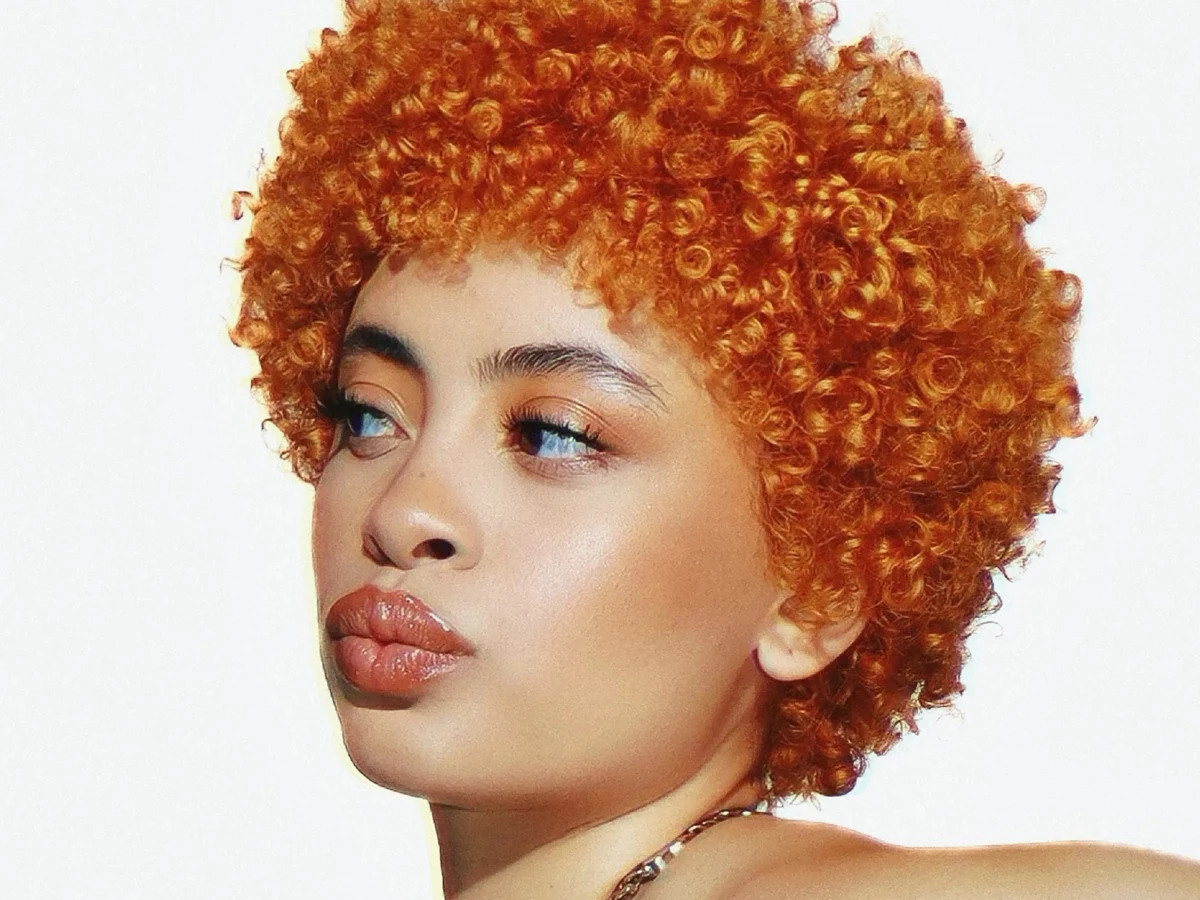
Here’s how it generally breaks down:
- Dark Brown & Black Hair: As this lifts, it reveals deep red and red-brown tones first.
- Medium to Light Brown Hair: This is the sweet spot for many oranges. It lifts to reveal red-orange and bright orange tones.
- Dark Blonde Hair: This level lifts to a perfect, true orange. It’s often the ideal canvas for vibrant copper shades.
- Lighter Blonde Hair: This will lift through yellow-orange, bright yellow, and finally pale yellow.
Why does this matter? Well, if your hair is a medium brown, a good stylist knows they might only need to lift it a tiny bit to hit that perfect orange base, which means less damage. But if you have very dark hair, we have a much longer road to travel. Trying to get a delicate peach color on dark hair in one go is a recipe for serious breakage. The health of your hair always, ALWAYS comes first.
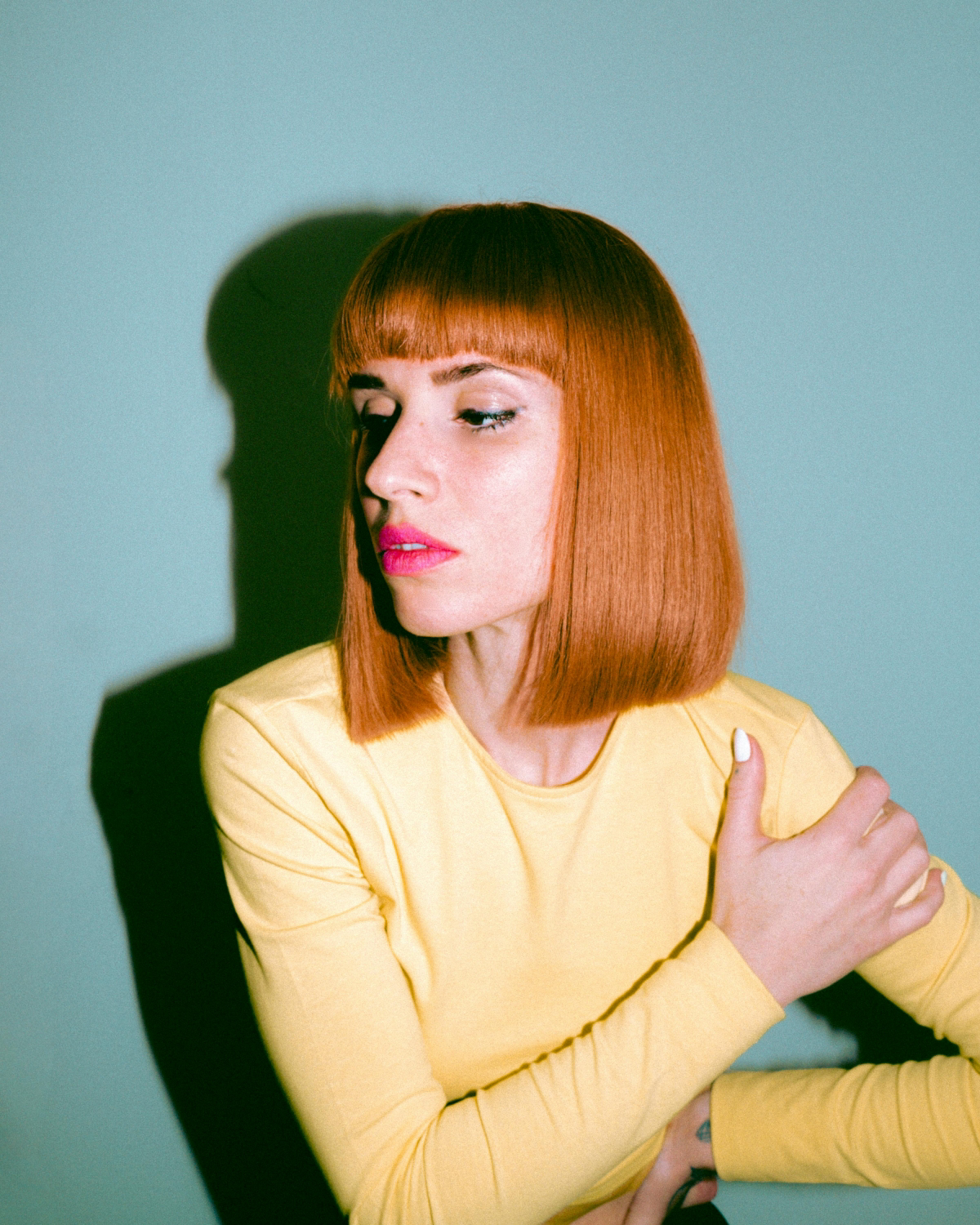
Good to know: Stylists talk in “levels” from 1 (black) to 10 (lightest blonde). If you have no idea what level your natural hair is, just Google a “hair level chart”—it’s a super helpful visual that will give you a good starting point!
The Hidden Factor: Hair Porosity
Porosity is simply your hair’s ability to soak up and hold onto moisture (and color!). It’s a huge deal. Hair with low porosity has a tightly sealed outer layer, making it tough for color to get in. High porosity hair, on the other hand, is like a sponge—it grabs color fast and vividly, but unfortunately, it lets go of it just as quickly. A strand test in the salon is non-negotiable; it tells us exactly how your hair will behave.
The Consultation: Where Your Dream Hair Begins
The most important 15 minutes of any color appointment is the chat we have before anything touches your hair. This is where we lay out the game plan.
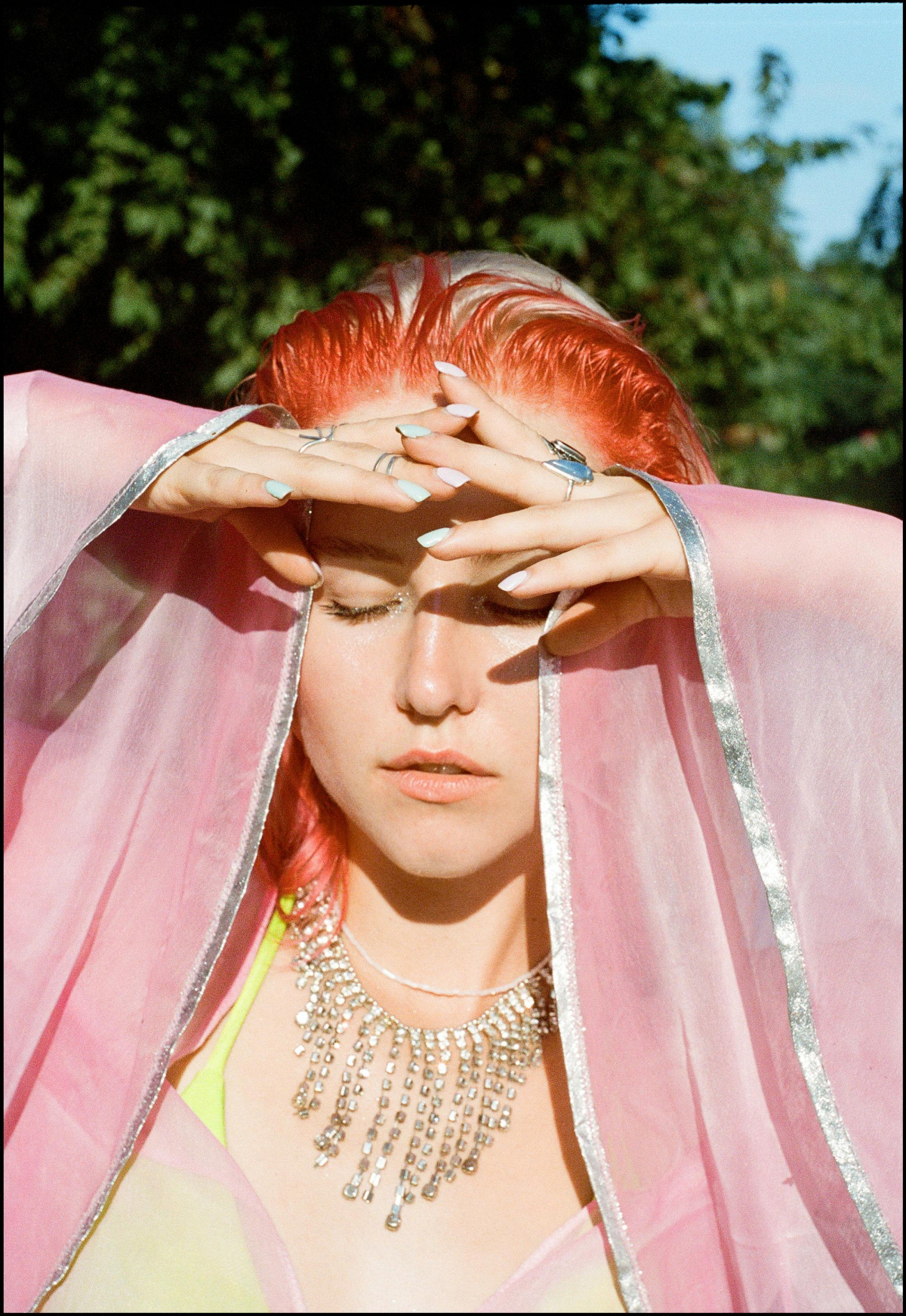
Spill the Tea: Your Hair’s Entire History
I need to know everything you’ve done to your hair for the past couple of years. And I mean everything.
Box dye is the biggest one. It often contains metallic salts and unpredictable pigments that create chaos when they meet professional lightener. I once had a client who swore her hair was all-natural. But the strand test told a different story—a hidden band of old black box dye turned into a gummy, stretched-out mess. If I had put lightener on her whole head, she would have left with a chemical haircut. So please, be honest! It’s not about judgment; it’s about keeping your hair on your head.
How to Talk to Your Stylist
To get the best results, you need to communicate clearly. The best thing you can do is bring pictures. And not just of what you love, but also what you hate. Saying “I hate how this orange looks too red and fake” is just as helpful as “I love this soft, coppery tone.” It helps us dial in the exact shade you’re picturing in your head.
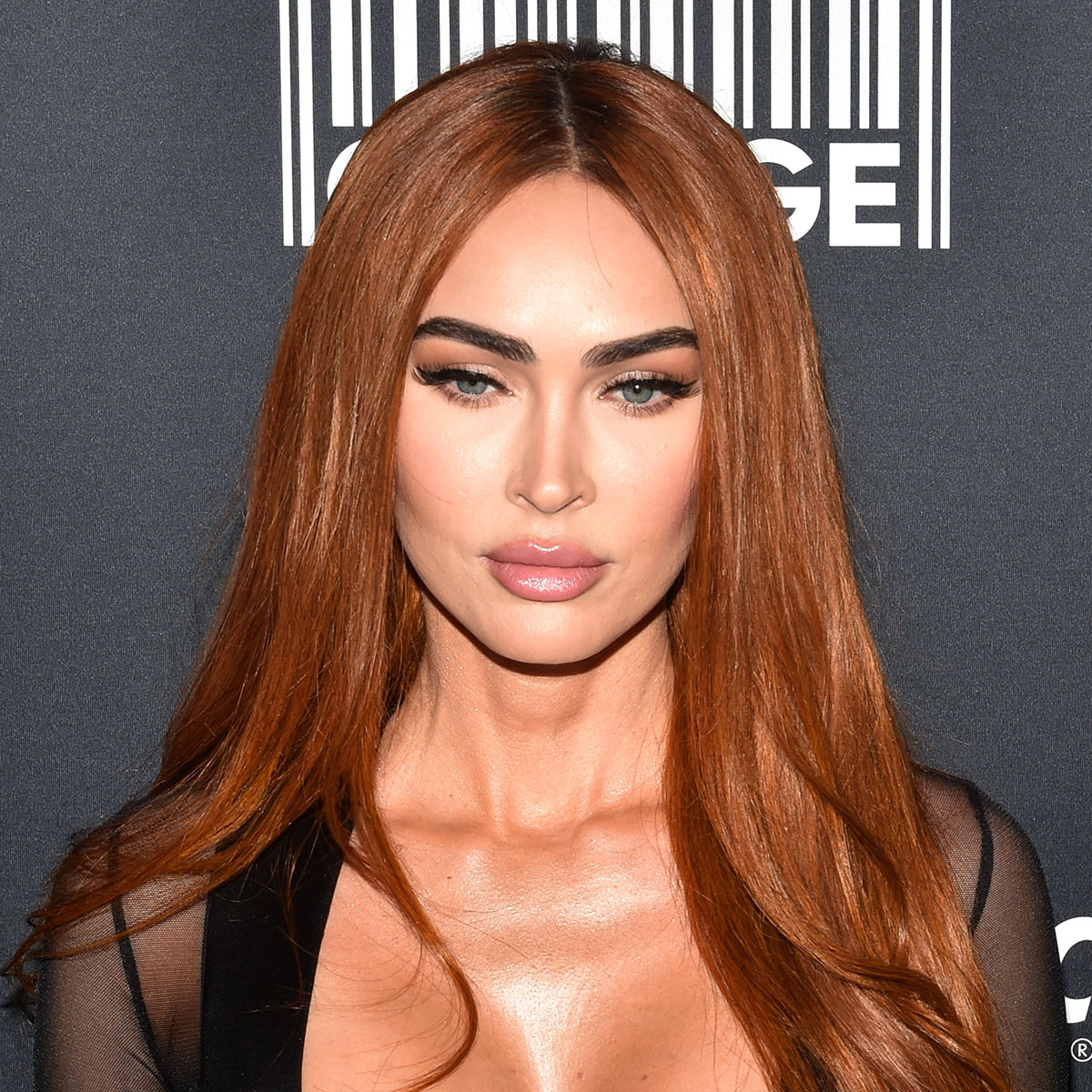
We’ll also find the right tone for your skin. The secret is matching the undertones.
- For cool or fair skin, we often lean into softer shades like apricot, peach, or a gentle strawberry blonde to avoid overpowering your complexion.
- Neutral or olive skin? You’ve hit the jackpot. You can pull off almost anything from a bright, fiery tangerine to a deep, earthy burnt orange.
- Warm or golden skin tones are a natural fit for rich, warm oranges. Think deep coppers, pumpkin spice, and terracotta reds. They’ll look absolutely stunning on you.
The Salon Process: More Art Than Science
Getting a gorgeous, dimensional orange isn’t about slapping on one color. It’s about building layers of tone on the right foundation.
Unless you’re a natural light blonde, we’ll need to pre-lighten. A pro will use a gentle lightener and, most importantly, will probably recommend adding a bonding agent. You’ve probably heard of them—they’re game-changers that protect the hair’s internal structure during lightening. Heads up, this is usually an add-on service that might add $30-$50 to your bill, but believe me, it is worth every single penny.
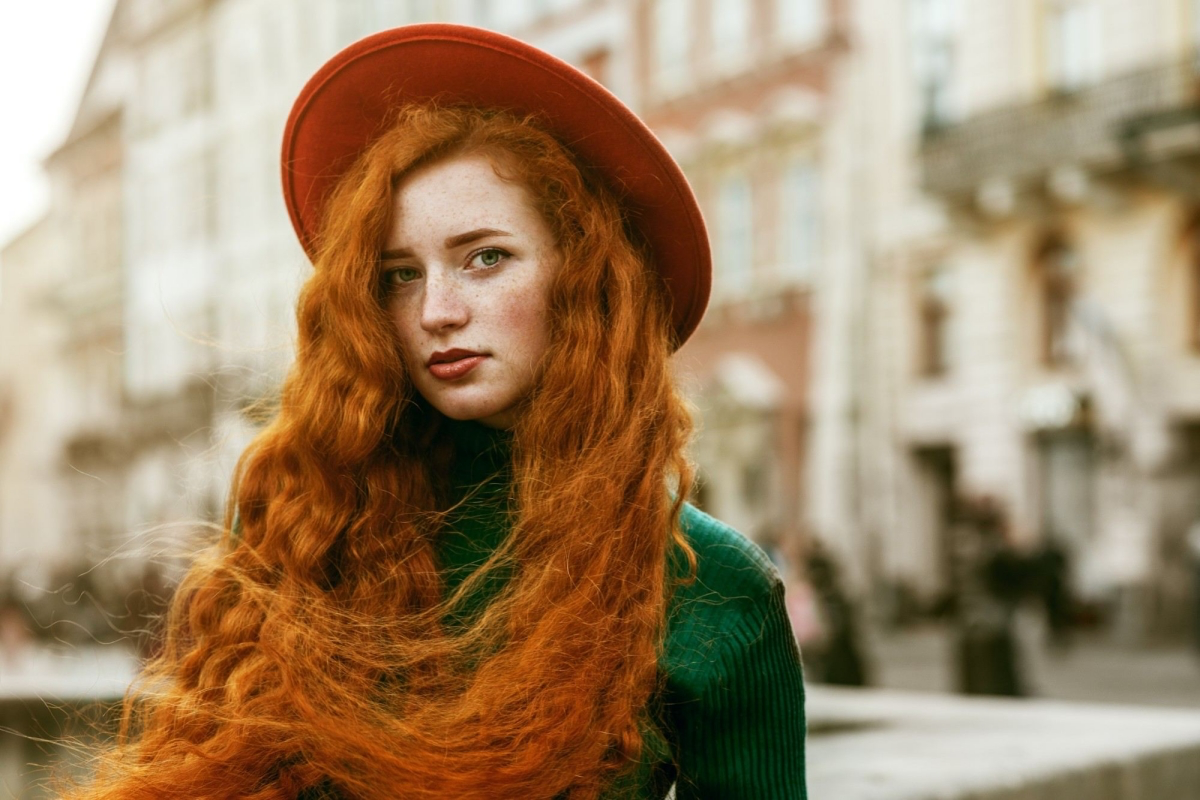
Then comes the formulation. This is where the magic happens. Think of it like a barista making your favorite latte—they aren’t just pouring ‘coffee.’ They’re pulling a specific espresso shot, adding the right amount of steamed milk, maybe a dash of vanilla. That’s what a colorist is doing with your color, creating a custom recipe just for you. We might mix a copper with some gold for brightness and a bit of neutral to keep it from looking too wild. It’s this custom mixing that separates a salon color from a box.
Wait, Where You Live Matters?
Here’s something most people don’t think about: your water. If you live in an area with hard water, it’s loaded with minerals that build up on your hair, making your beautiful orange look dull and brassy. The iron in well water can even give it a weird, rusty tint.
The fix is simple: use a good chelating or “hard water” shampoo once a week or so. It’s designed to strip away those minerals and reveal the bright color underneath. It’s a total game-changer. And if you’re a swimmer, always wet your hair with tap water and add a leave-in conditioner before you jump in the pool. It helps prevent your hair from soaking up all that color-stripping chlorine.
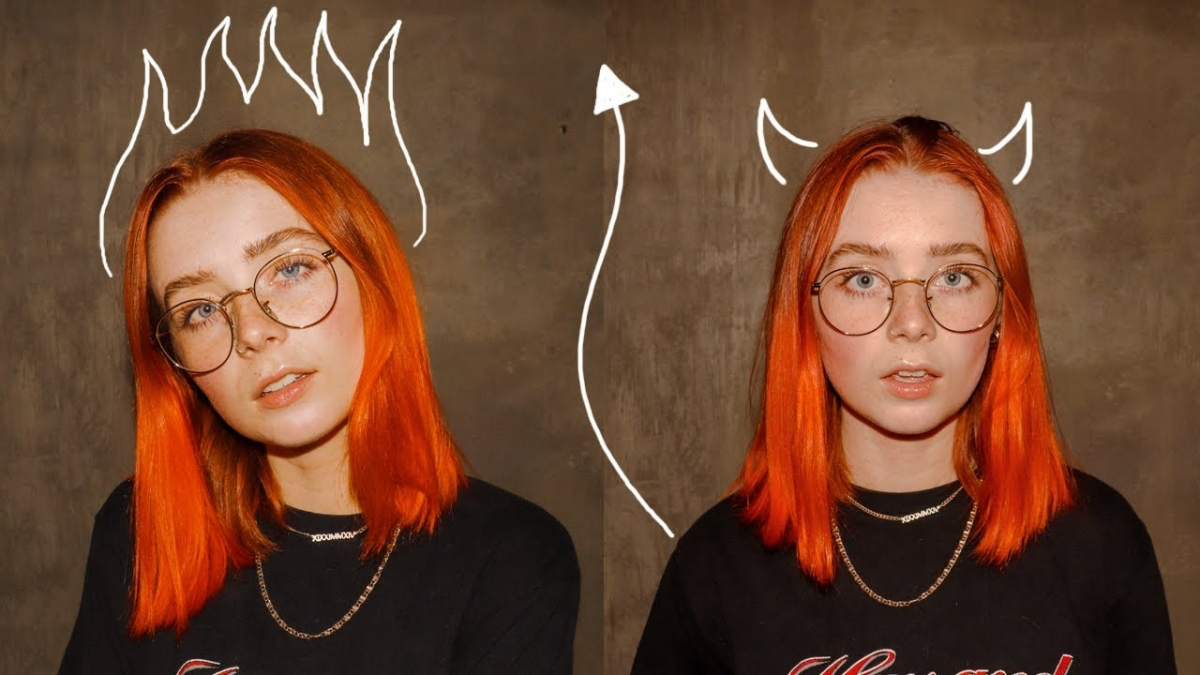
Keeping Your Orange Bright: The At-Home Care Plan
Your salon visit is just the beginning. I tell my clients that 80% of their color’s lifespan is in their hands. Orange and red molecules are larger than others, so they sit more on the surface of the hair and wash out easier. Here’s how to fight the fade.
First, the easy win: Turn your water temperature down. Hot water opens up the hair’s cuticle and lets color bleed right out. Wash with lukewarm water. It costs nothing and makes a huge difference.
Next, you’ll need the right toolkit. Your at-home shopping list should look something like this:
- A Sulfate-Free Shampoo: This is non-negotiable for preserving color. Expect to spend between $15 and $30.
- A Color-Depositing Conditioner: This is your secret weapon. It deposits a little bit of color back into your hair every time you use it. Brands like Overtone and Keracolor make amazing ones, or you can even ask your stylist to mix a custom one for you. This will likely run you $25 to $45 but will double the life of your color.
- A Heat Protectant Spray: Heat styling fades color fast. A good spray (around $20) is essential to shield your hair. Look for one with UV protection, too!
- A Dry Shampoo: To help you wash your hair less often, a good dry shampoo is your best friend.
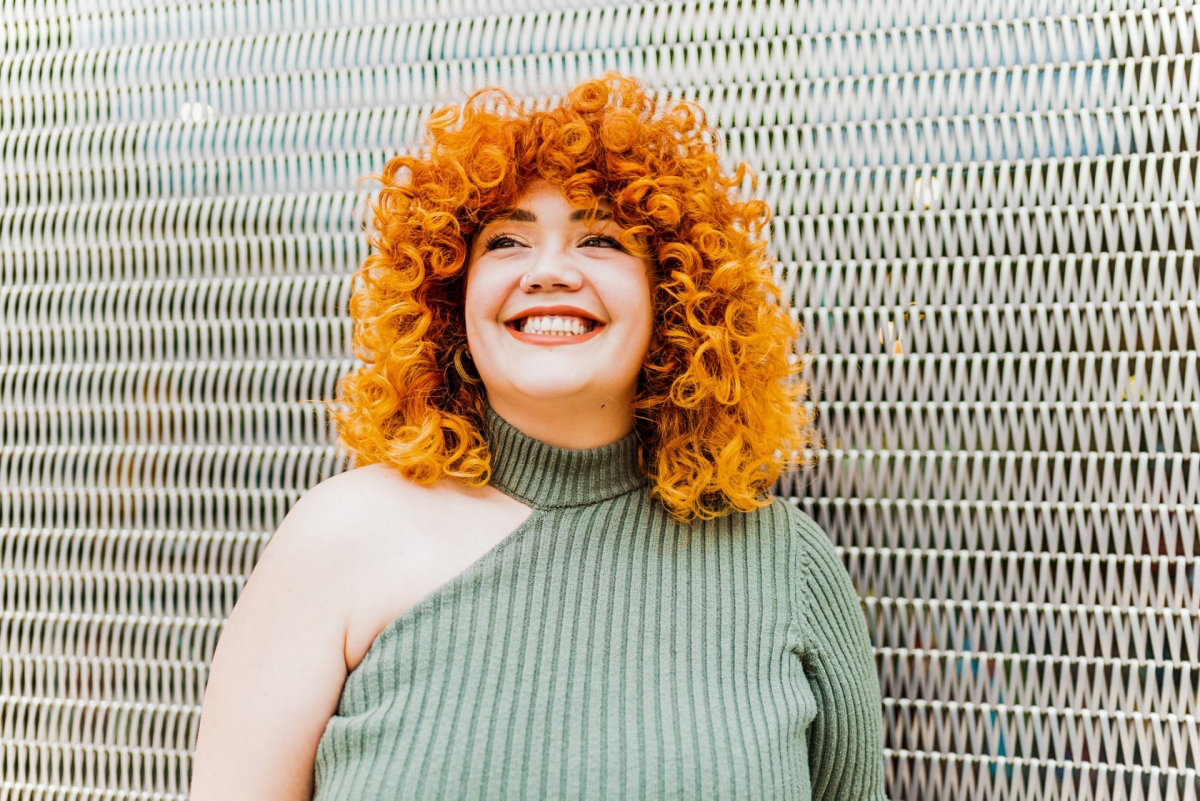
Troubleshooting Common Orange Hair Problems
Sometimes things go a little sideways. If your orange comes out looking more like a traffic cone than a classy copper, don’t panic! A colorist can easily fix this. I once had a client in this exact situation. We did a quick 20-minute gloss at the shampoo bowl using a formula with a touch of a neutral brown to instantly soften the brightness. It’s a fast and easy fix.
The most common issue I see is a home dye job gone wrong—usually bright yellow roots and dark, reddish ends. Fixing this is a color correction, which is a delicate, time-consuming, and expensive process that should always be left to a pro.
The Reality Check: Cost, Safety, and Commitment
A beautiful orange transformation is an investment. Let’s be real about the numbers.
- The Big First Appointment: For a full lightening and custom color service, you should budget anywhere from $250 to $500+, depending on your hair’s length and the salon’s location. A color correction will be more.
- The Maintenance Plan: To keep it looking fresh, you’ll need a gloss or toner every 4-6 weeks (around $80-$150) and a root touch-up every 6-8 weeks.
- The Home-Care Starter Kit: Plan on spending around $75-$100 for your initial setup of quality shampoo, color-depositing conditioner, and heat protectant.
Finally, safety first. A professional salon will insist on a patch test 48 hours before your appointment to check for allergies to the color. It’s a simple step that prevents a potentially serious reaction. If a salon skips this, it’s a major red flag.
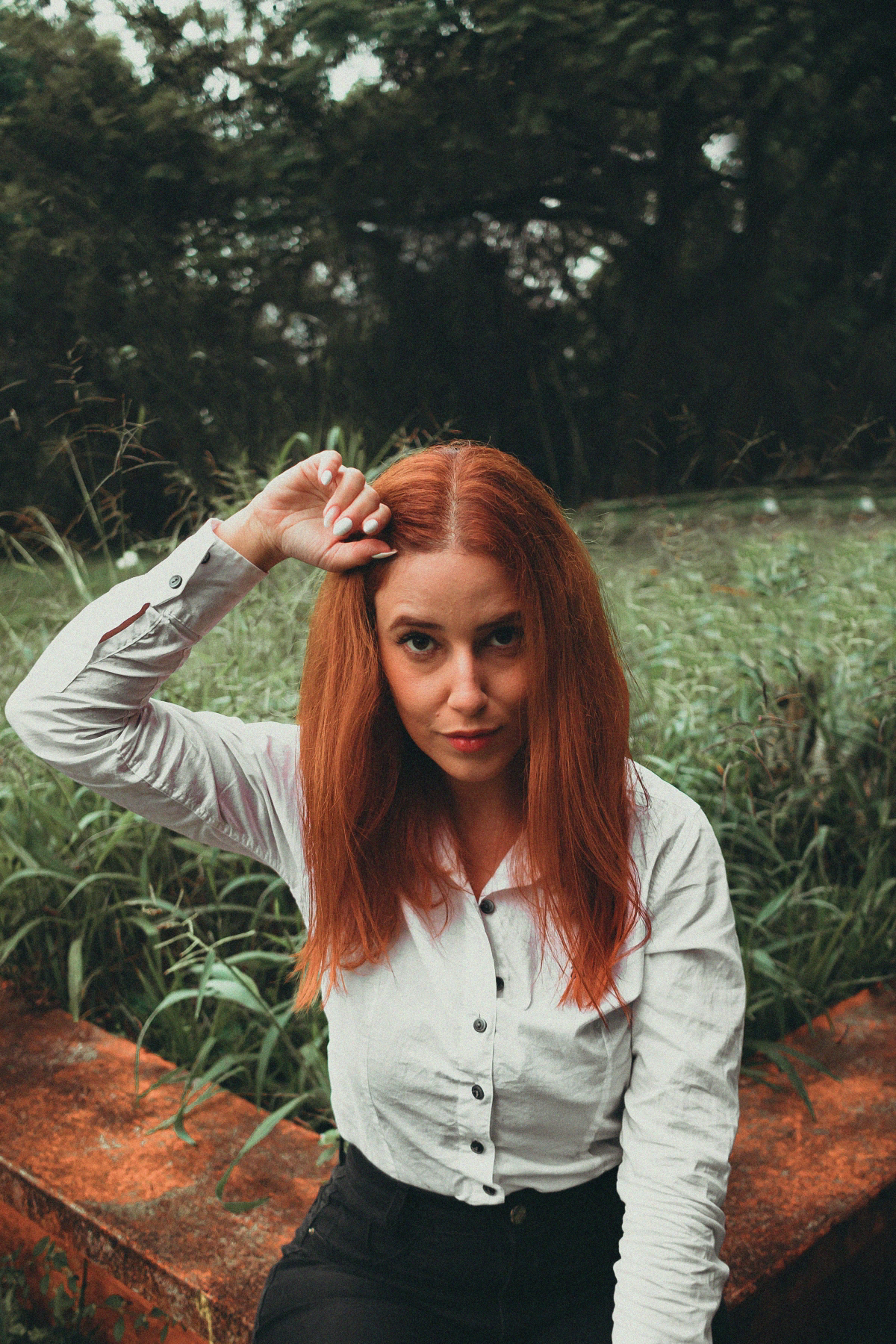
At the end of the day, getting the orange hair of your dreams is a partnership between you and your stylist. It takes work, but when it’s done right, the result is a stunning look that is absolutely worth it.
Galerie d’inspiration
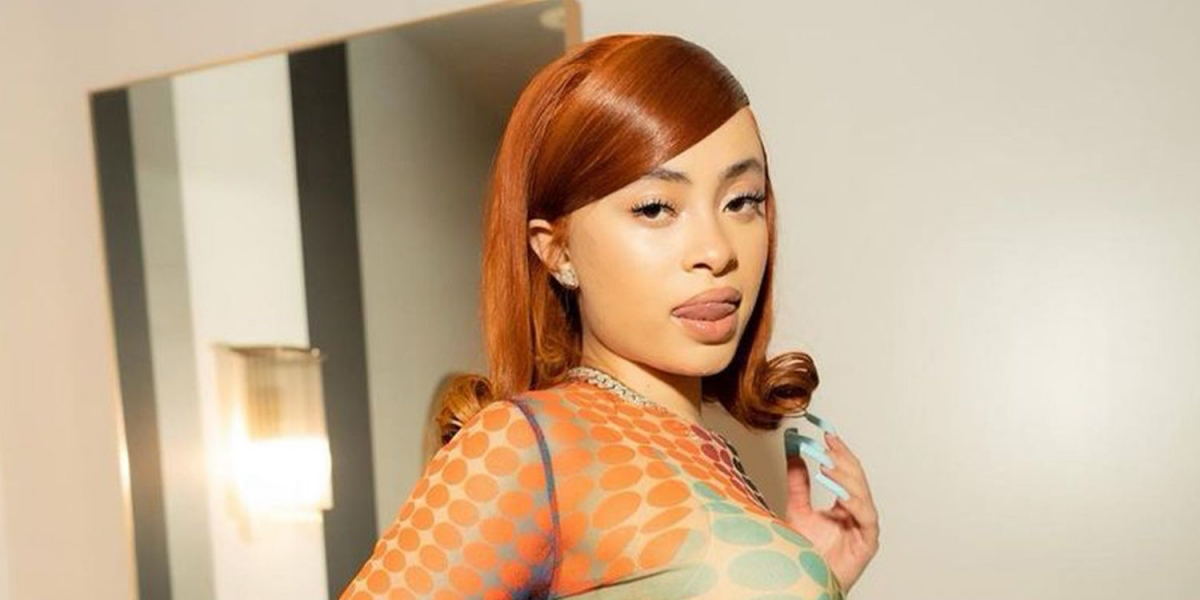
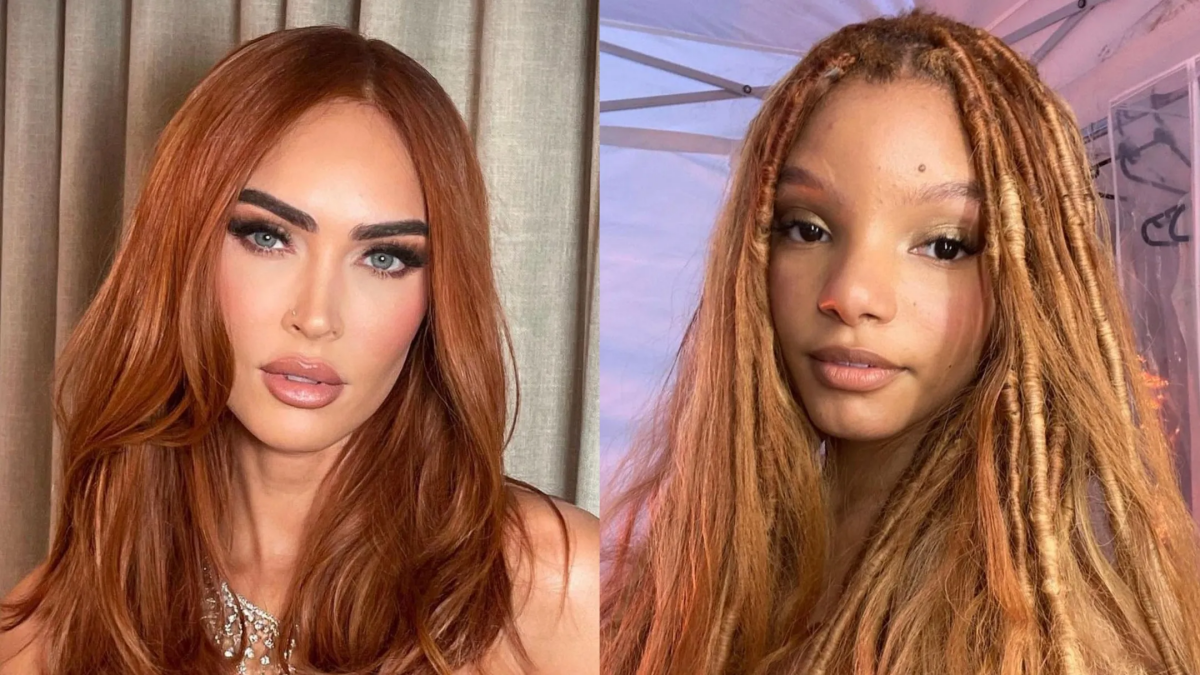
- Wash your hair less frequently, and always with cool or lukewarm water to keep the cuticle sealed.
- Use a sulfate-free shampoo specifically designed for color-treated hair.
- Incorporate a color-depositing conditioner or mask once a week.
The secret to longevity? A weekly dose of something like Moroccanoil’s Color Depositing Mask in ‘Copper’ or a custom-mixed conditioner from your stylist will refresh your shade and fight the fade between salon visits.
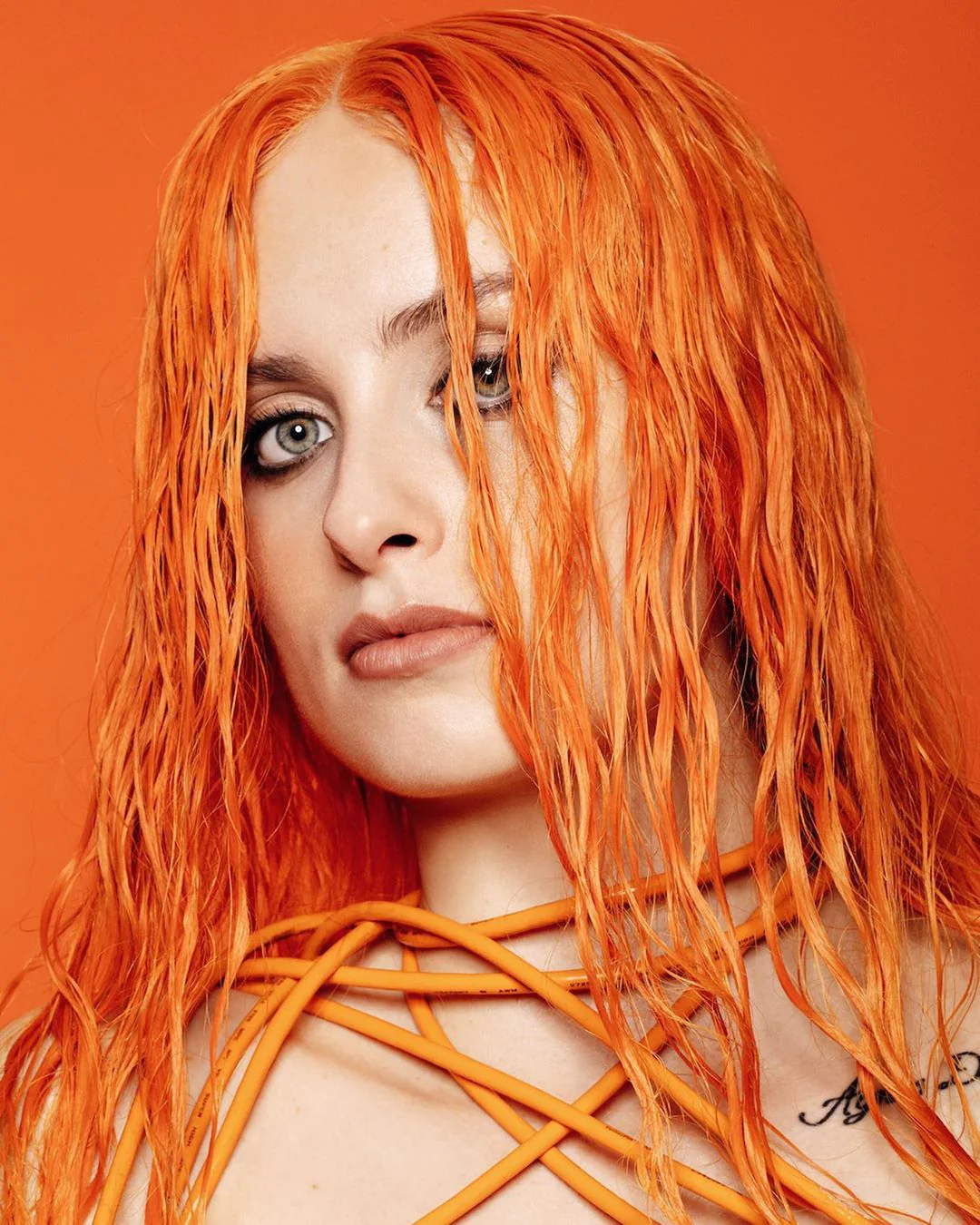
Golden Copper & Terracotta: These warm, earthy oranges contain gold and red undertones. They beautifully complement skin with warm, olive, or golden undertones, making your complexion glow.
Pastel Peach & Apricot: Lighter and softer, these shades have pink or yellow-ish undertones. They are stunning on fair skin with cool or neutral undertones, creating a delicate, ethereal look.
Check the veins on your wrist: blue suggests cool tones (lean towards peach), while green suggests warm tones (a perfect match for copper).
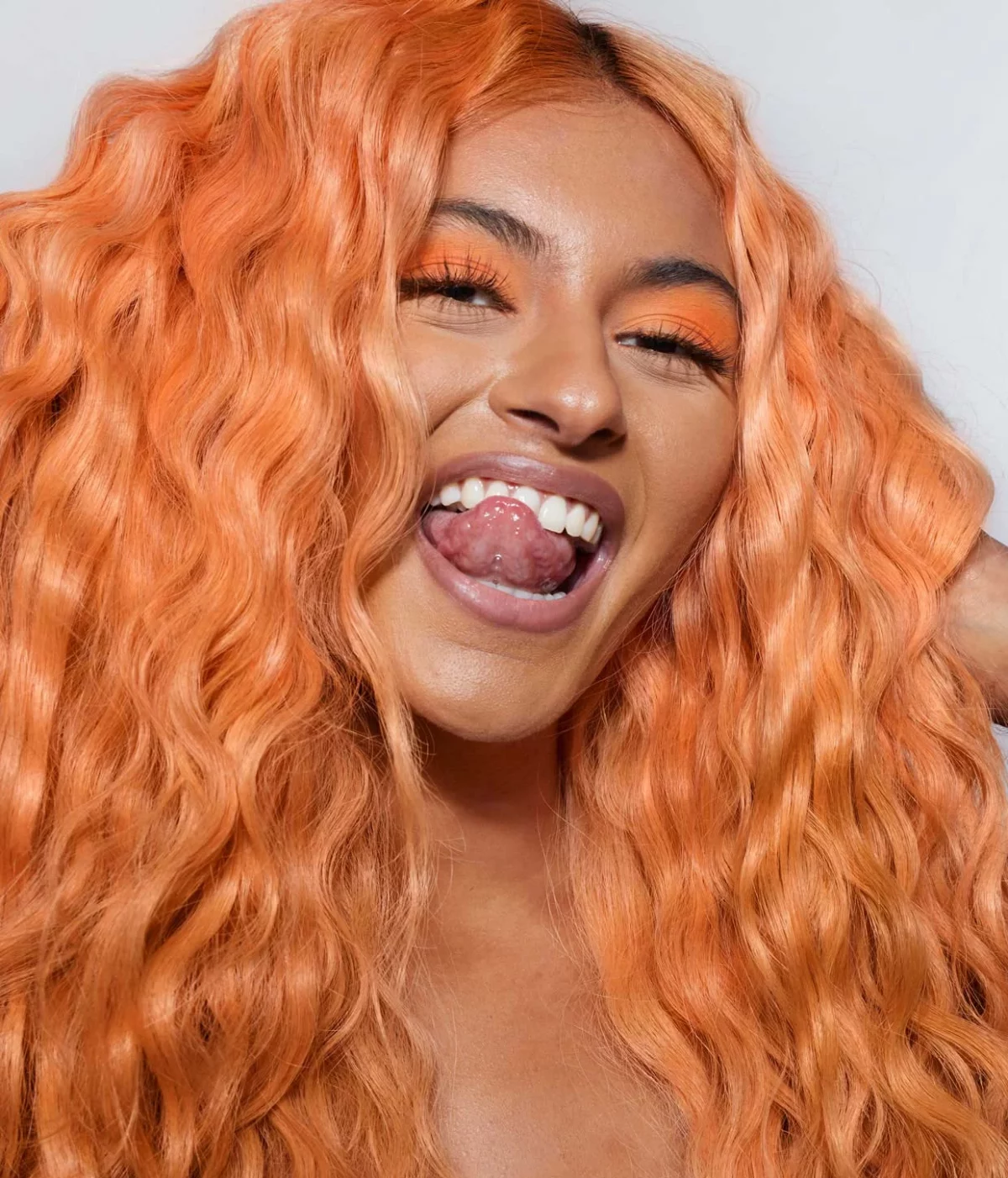
A study by hair industry analysts found that maintaining a high-fashion color like vibrant orange can cost up to 3 times more annually than maintaining a natural-looking brunette or blonde.
This isn’t just about the initial coloring session. This figure accounts for the essential 4-6 week root touch-ups, glossing treatments to restore vibrancy, and the non-negotiable investment in professional-grade home care products (shampoos, conditioners, and heat protectants) required to prevent rapid fading and damage.
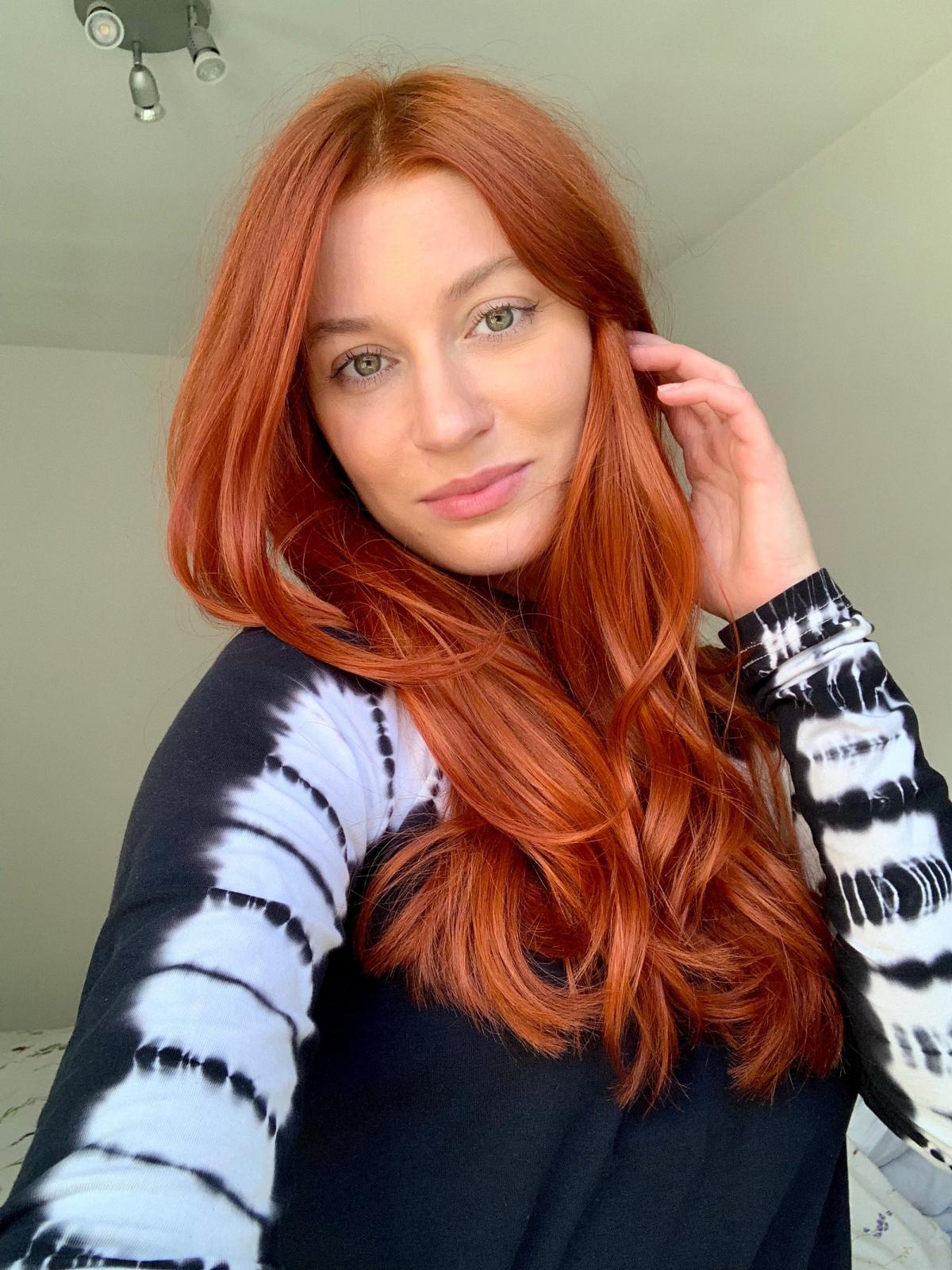
A stylist’s secret weapon: the gloss. Ask your colorist about scheduling a standalone gloss or toner appointment between your full color services. This quick, relatively inexpensive service (often done at the shampoo bowl) takes about 20 minutes and instantly revives your orange’s intensity and shine, pushing your next big color appointment back by weeks.
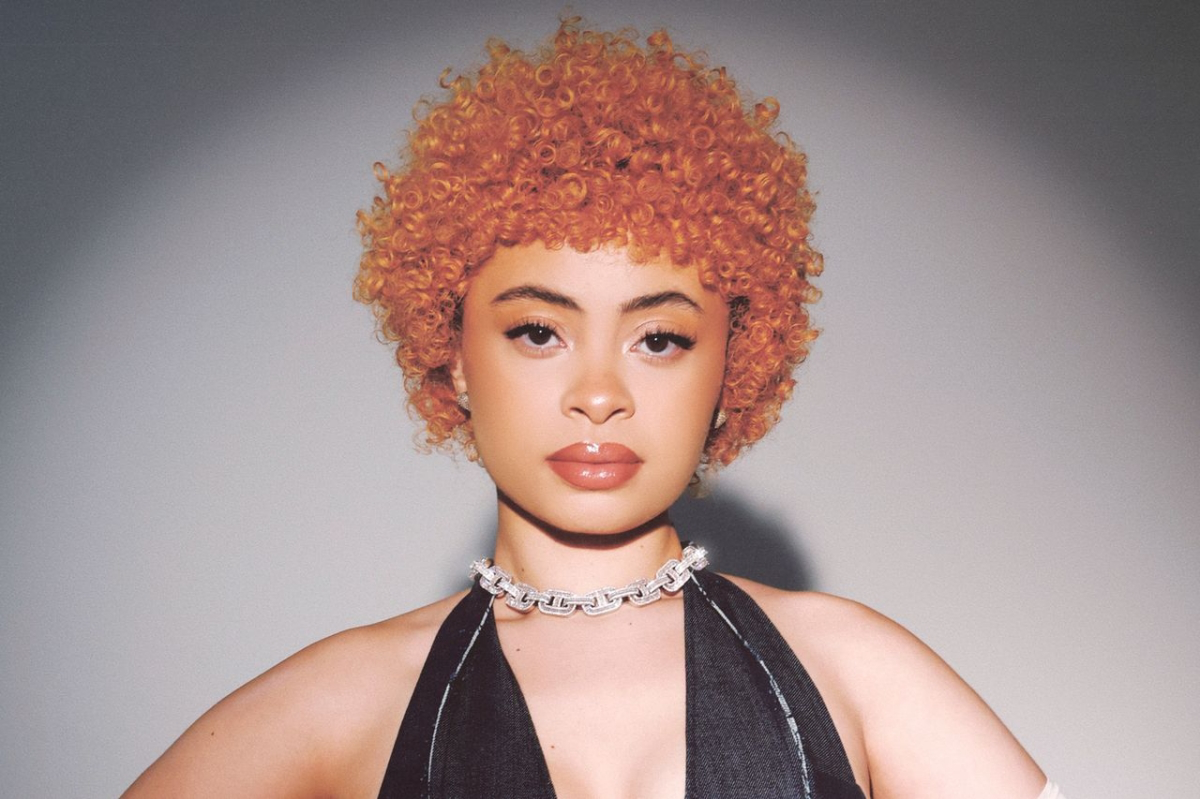
Thinking of trying a DIY orange dye?
Be warned about the dreaded “hot roots.” Box dyes often react unpredictably with your natural regrowth versus your previously colored ends. This can leave you with intensely bright orange roots and dull, muddy-looking lengths. Professional color lines, like Wella’s Koleston Perfect or Redken Shades EQ, are formulated for stylists to create custom mixes that ensure an even, seamless tone from root to tip, accounting for your hair’s unique history and porosity.
Orange is a secondary color, created by mixing red (the most dominant, largest molecule) and yellow (the palest, smallest molecule). This imbalance is why orange hair fades so uniquely—the yellow pigments wash out first, often leaving a more reddish hue behind over time.










